Топ тир лист дота 2
Обновлено: 08.07.2024
Привет! Сегодня Мы хотим вам показать наш Тир лист керри героев патча 7.30c. Персонажи из этого списка выбраны на основе опыта 7-8к ммр игроков, топ ранкед пабликов и соревновательным матчей. Sven по-прежнему остается королем текущей меты. Так что если вы игрок на керри роли и хотите поднять свой рейтинг, то сейчас самое время начать активно спамить такие героев как Sven, Bloodseeker и Gyrocopter.
Что вы думаете насчет данного тир листа? Каких героев в нем не хватает, а кто не достоин быть в этом списке? Оставляйте свое мнение в комментариях.

Copyright 2021 Elo Entertainment Inc.. Мы нанимаем! Dota 2 is a registered trademark of Valve Corporation.
This feature is only available to Dotabuff Plus members.
Support from Plus members keep Dotabuff running and help enable us to deliver new features for everyone. As a reward, some features that are difficult or expensive to operate are available only to Plus members. Additionally, Plus members never see any advertisements!
Вы находитесь в том дивизионе, где сыграли больше рейтинговых игр за последний 21 день (в случае равенства мы определим дивизион по последней игре).
Засчитывается ли матч, который кто-то покинул по своей воле, из-за проблем с сетью или по другим причинам?
Да, засчитывается любая игра, после которой изменился рейтинг.
Какие регионы серверов к каким дивизионам относятся?
Америка: Запад и Восток США, Южная Америка
Европа: Западная и Восточная Европа, Россия, Южная Африка
Китай: Perfect World Telecom, Perfect World Unicom
Юго-Восточная Азия: Южная Корея, ЮВ Азия, Австралия
Рейтинг подбора игр (MMR) у каждого дивизиона разный, и сравнивать MMR дивизионов пока что не имеет смысла.
© Valve Corporation, all rights reserved. Valve, the Valve logo, Steam, the Steam logo, Dota and the Dota logo are trademarks
and/or registered trademarks of Valve Corporation.

Copyright 2021 Elo Entertainment Inc.. Мы нанимаем! Dota 2 is a registered trademark of Valve Corporation.
This feature is only available to Dotabuff Plus members.
Support from Plus members keep Dotabuff running and help enable us to deliver new features for everyone. As a reward, some features that are difficult or expensive to operate are available only to Plus members. Additionally, Plus members never see any advertisements!
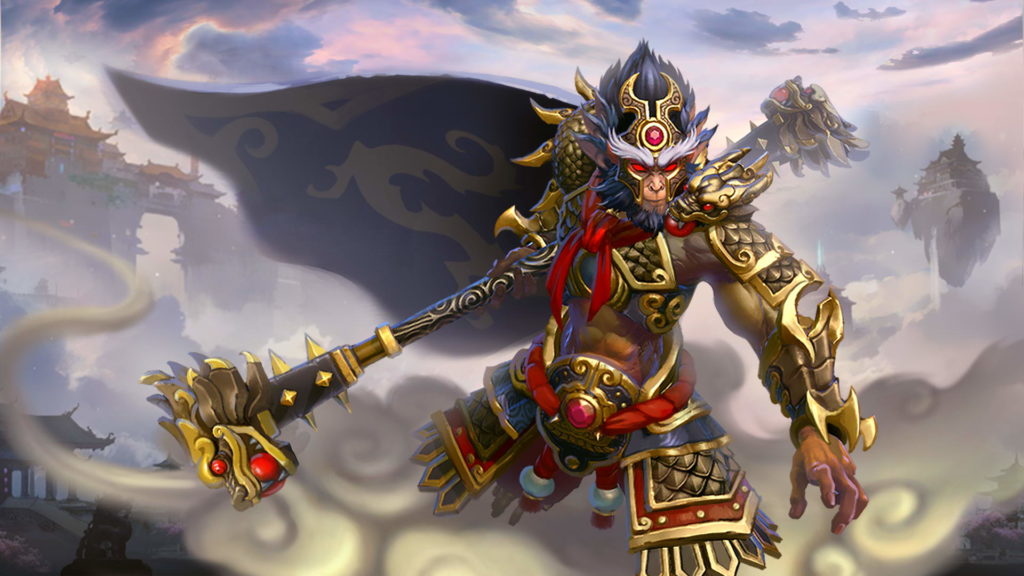
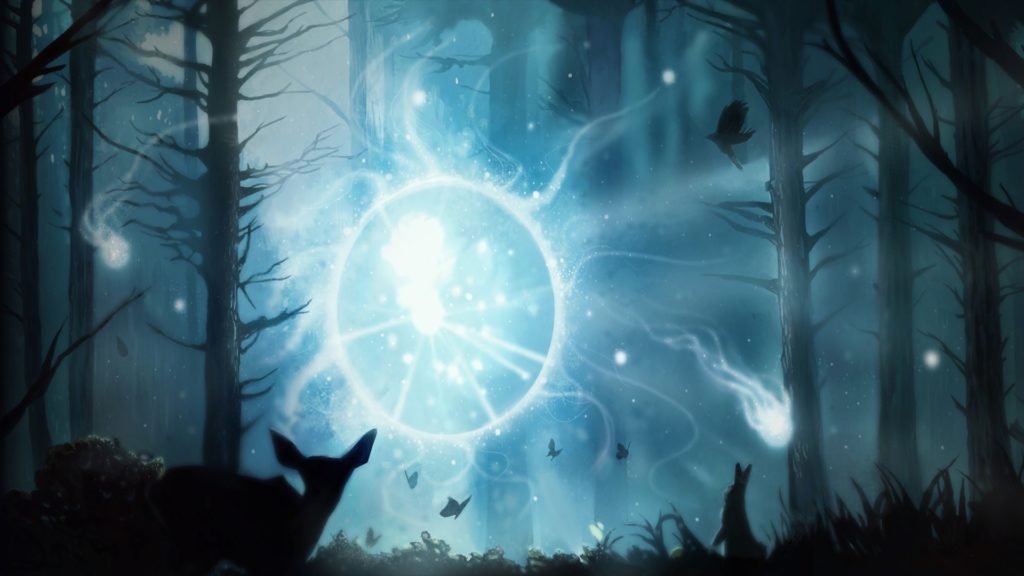
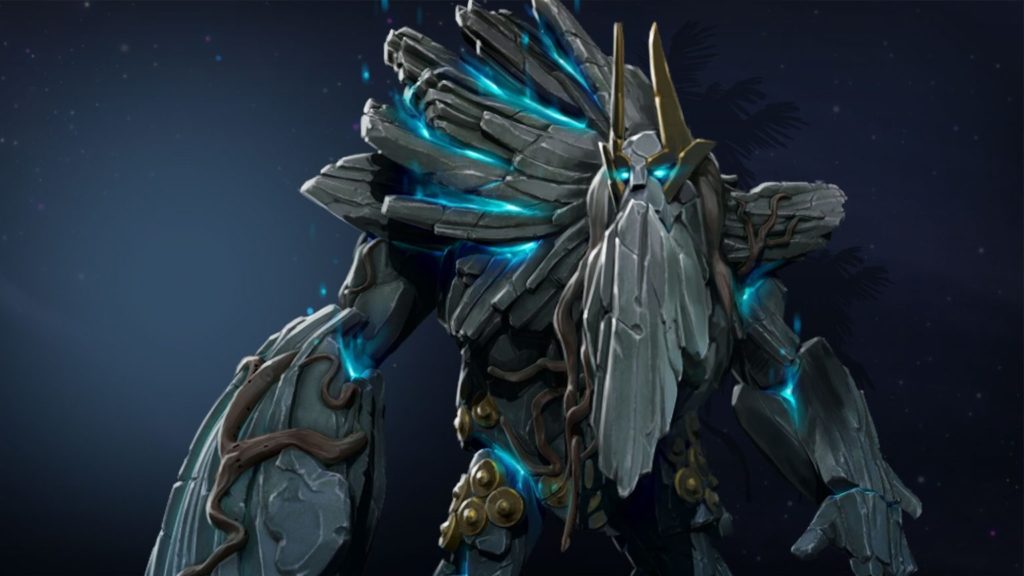

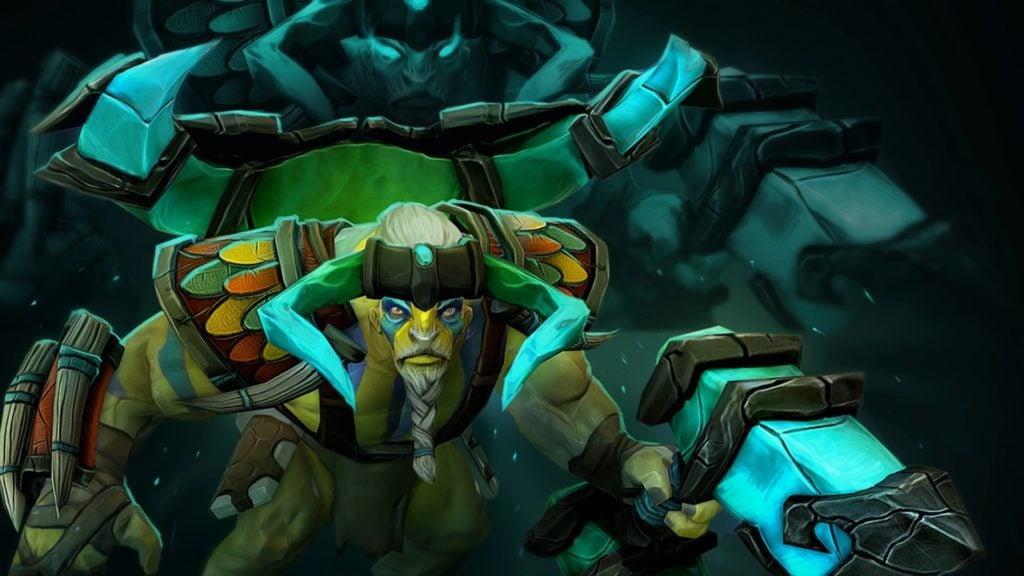


Dota 2’s metagame is notorious for shifting and changing courses on a dime given the flexible nature of hero roles and the huge impact items have on the game. These days especially, diverse tournament metas are to be expected with only a handful of heroes going unpicked.
At the highest levels of play, games can be won or lost even before the creeps spawn. Having a good hero composition can spell the difference between a struggle to breach high ground or a team with heroes that complement each other and form a well-oiled machine.
With the year’s unprecedented circumstances, 7.30 dropped less than two months before the start of TI10. And its latest subpatch, 7.30d, nerfed some dominant heroes barely two weeks before the event.
Combined with how The International—as important as it is—always develops its own meta, surging picks that dominated public matchmaking have also shown up on stage, while some old reliables make a return. Here is our Dota 2 hero tier list.
Tier one+
Monkey King
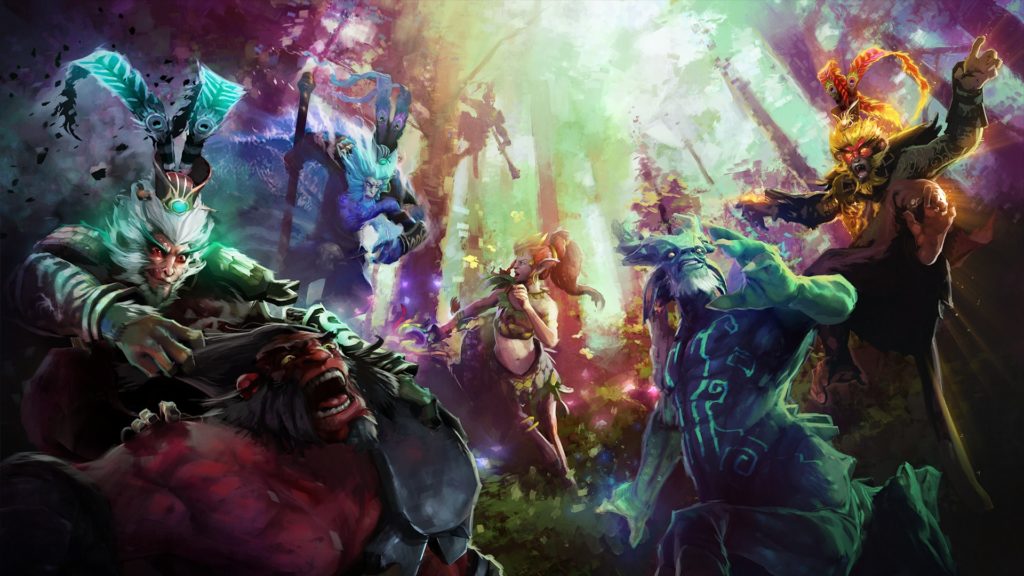
Few heroes in Dota 2 have represented as much flexibility as Monkey King does in his current form, whether it’s roles or item builds. He’s ubiquitous and inevitable, and while many Dota players find safety in the trees, Sun Wukong denies that security and reigns supreme.
His 110 bans—with Tiny at 93 a distant second—are well deserved. When let through the ban phase, he has nearly a 62-percent win rate thus far at TI10. He’s viable from positions one to five, though four has been the most common spot for him. His strength in the carry and mid positions have been well-documented, often able to bully out opposing laners by himself if given a good matchup.
Tiny is another flexible pick, historically known to be a reliable mid or ganking position four. But carry Tiny is taking over the tournament thanks to an ultra-reliable item build that rarely fails to make opposing structures quiver in fear: Power Treads into Echo Sabre, Silver Edge, and Aghanim’s Shard.
If you can’t get away with it, stop off for a Black King Bar or cap off your build with a Satanic. With Tiny’s Shard upgrade, Tree Grab becomes permanent, allowing the hero to whack down towers in mere seconds. Enemies can’t walk the map freely or risk an invisible Tiny clearing out half their team in mere seconds.
The Stone Giant will continue to terrorize the tournament, though he’s slightly less ban-worthy due to his more cut-and-dry purpose.
Though dreams—or nightmares, depending on which side you’re on—of carry Io continue to terrorize many Dota 2 fans thanks to OG at TI9, the hero has returned to his more traditional role of buffing and supporting a core, seeing play mostly at both support positions.
But it was OG, once again, who might have thought up an unorthodox use for the hero. Ceb experimented with off lane Io in two separate games against Evil Geniuses and Undying. Along with a strong melee four—Tusk and Elder Titan, respectively—OG crushed the laning phases and allowed Ceb to pick up an early Holy Locket to make himself and his partner nearly unkillable.
Secret’s zai tried it with lesser success and PSG.LGD’s Faith_bian is also experimenting with the hero in pubs. So expect the Wisp to remain a high-priority pick and ban, though some surprises could still happen.
Tier one
- Weaver
- Elder Titan
- Tidehunter
- Snapfire
- Earthshaker
Tier one belongs to heroes who make an appearance in almost every drafting stage, whether it’s for their role flexibility, the versatility to fit any draft, or a unique skill set that no other hero can replicate.
Weaver
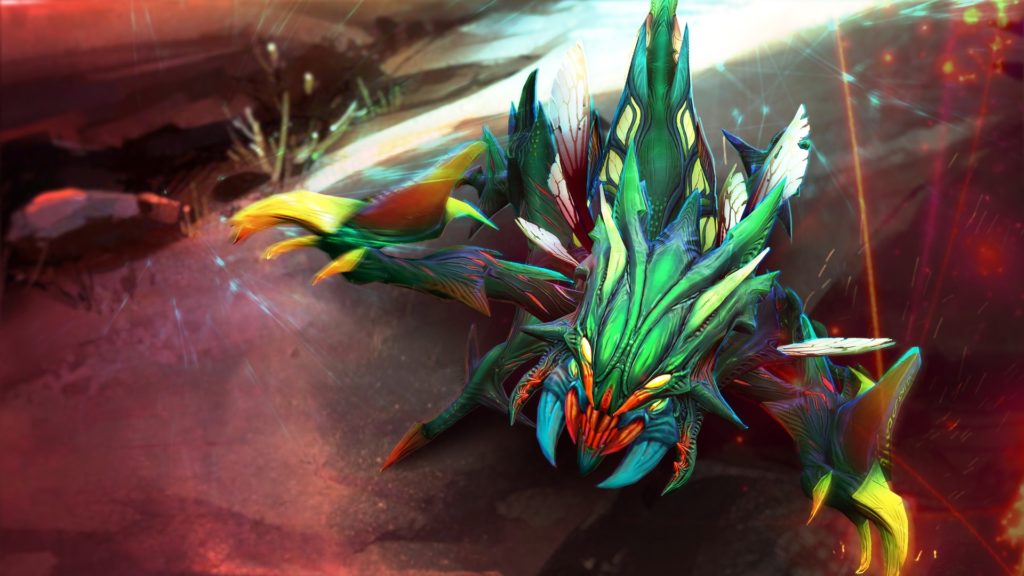
Weaver’s multiple buffs in 7.30 catapulted the hero into even more of a lane dominator. While he’s still played in his traditional carry role, he’s often moved to a support role, relying on his high mobility throughout the game.
In lane, support Weavers tend to use their high base damage and Shukuchi to win trading wars. The Swam’s armor reduction and hits required to take down are annoying and retain usefulness later in the game as a scouting tool and Roshan taker.
Weavers generally skip boots and buy an Urn of Shadows or the upgraded Spirit Vessel before completing whatever utility the team requires, like Lotus Orb or Solar Crest. It’s his Aghanim’s Scepter upgrade that truly unlocks his support potential, however, allowing Time Lapse to be cast on allies.
Elder Titan
Elder Titan mainly sees play in the support position, occasionally moved up to an off lane role. Elder Titan relies on multiples units to make Astral Spirit effective, thus making him a far more efficient side laner. Often seen chunking down enemy laners, usually one-vs-two, he tends to let his laning partner free farm or clean up easy fights.
The Worldsmith’s scouting and setup ability is strong as well, with Astral Spirit and Echo Stomp always a good AoE deterrent whether it’s on the high ground or Roshan pit. Natural Order remains one of the best auras in the game, usually forcing high agility carries like Morphling and Terrorblade to itemize differently against it, while Earth Spitter’s delay buff has made it slightly more dependable.
Even without items, the Titan is a terrifying threat, but Aghanim’s Scepter and Shard change how the hero plays. His Scepter upgrade gives him spell immunity depending on how many heroes he hits, while Shard allows him to instantly switch places with his Spirit. Now, instead of standing on the backlines, he’s shining golden and whacking down his enemies.
Tidehunter
If there’s a TI, there will be Tidehunter. The hero’s mix of tankiness and massive teamfight often proves to be a winning combination. Kraken Shell means he’s usually able to get off his Ravage—except when faced with counters like Disruptor’s Static Storm or Doom’s ultimate, also popular heroes in the meta.
Most commonly played as a three, Leviathan rarely outright loses his lane due to Kraken Shell’s damage block and Anchor Smash’s damage reduction and provides some kill threat thanks to Gush’s high damage, armor reduction, and slow. There’s always the backup plan to retreat to the jungle with Anchor Smash. The hero has been flexed to the support positions, however, with more emphasis placed on providing a relatively tanky body and Ravage before dying.
Snapfire
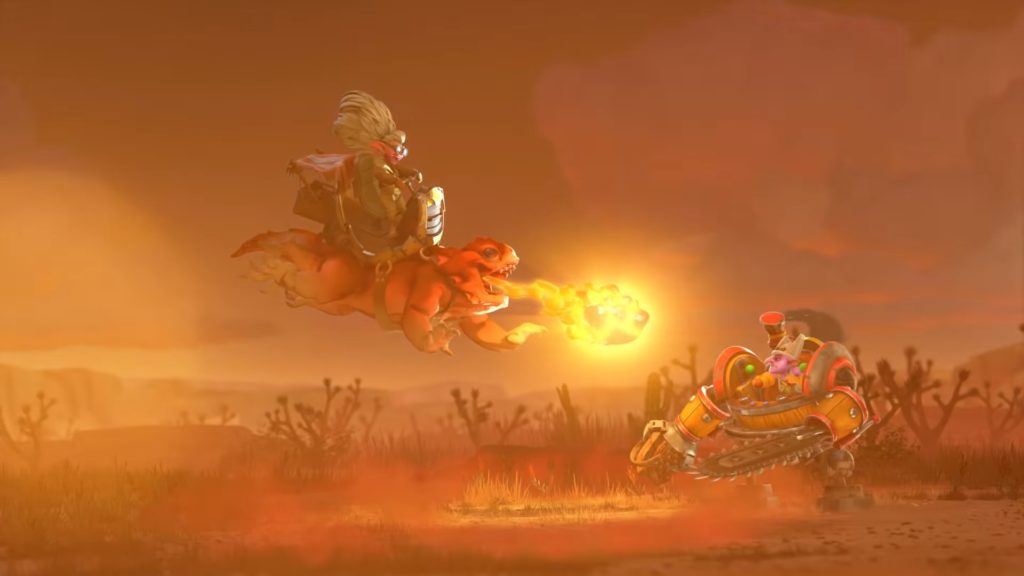
Beatrix Snapfire was relatively untouched in the big 7.30 patch with some minor buffs and even saw another laning buff in 7.30c. Surprisingly, she’s become one of the picks of the tournament as an adaptable support that can buy pretty much anything the team needs due to her item independence.
Players tend to focus on either one of Scatterblast or Lil’ Shredder. Scatterblast is the better wave clear nuke, while Lil’ Shredder can be devastating against weak lanes and is one of the few instances of armor reduction abilities that works on towers. Firesnap Cookie is a versatile tool since its repositioning and stun allows for both aggression or retreat. Mortimer’s Kisses is great damage and low cooldown, allowing Snapfire to supplement any single-target gank or spray damage across a teamfight.
Earthshaker
Like Tidehunter, Earthshaker is a hero that never seems to stay away from the TI stage. This time around, the hero is possibly more popular as a core.
Pure roamers tend to not be as popular anymore, with their weakness in lane often compounding into larger problems such as an overfarmed opponent carry. If he’s played as a roamer, he’s often paired with a self-sufficient off laner—though he’s now often the core himself. Virtus Pro also experimented with Earthshaker mid to great success against EG.
Enchant Totem is often taken to secure denies and its cheap cost makes it no problem to sustain even for Raigor’s small mana pool. A fast Blink Dagger can outright secure teamfights, while Aghanim’s Scepter is also a viable option, especially since it was buffed to provide cleave on Enchant Totem hits.
Of course, an Earthshaker meta has also induced Morphling’s popularity for the double dunks. It’s a popular strategy that will most definitely see play on the main stage.
Tier two
- Lycan
- Disruptor
- Morphling
- Lina
- Storm Spirit
- Invoker
- Lion
- Void Spirit
- Doom
- Ember Spirit
- Medusa
- Faceless Void
- Spectre
Tier two represents stable picks in the meta that don’t merit instant bans or anything so extreme. Some of the heroes in this tier are ones you can safely pick without giving away too much of your game plan.
Lycan

Lycan is a beneficiary of the Helm of the Overlord buffs but unfortunately runs into a bit of a fit problem. Most teams have opted to no longer play Lycan as a safe laner, his traditional role—instead, mostly pushing him to the off lane.
Howl is a solid, underrated debuff that reduces opponents’ attack damage at a large range. He deals a lot of damage when Shapeshift is up but is underwhelming during its downtime. Summon Wolves serve as adequate reinforcements during the laning phase and can be used as invisible scouting.
The hero’s Aghanim’s Scepter, Wolf Bite, has become the priority upgrade for Lycans after completing Helm of the Overlord. It gives any carry the properties of Shapeshift, giving them a litany of positive effects like max movement speed, lifesteal, and critical chance. It helps most popular melee carries against enemy kiting, a common problem, allowing them to easily execute their game plan.
Ember Spirit
Ember Spirit’s new Aghanim’s Shard, which provides him an extra Fire Remnant when killing enemy heroes, has breathed new life into the hero.
Ember Spirit is rarely played as a physical damage dealer anymore, instead focusing on magic with Maelstrom procs, before going into Aghanim’s Scepter and Refresher Orb. Along with the Shard, Xin focuses on high-speed teamfights that allow him to rush headlong into enemies, using the invulnerability during Sleight of Fist and quick Remnants to deal massive magic damage, then Refreshing for at least five more Remnants.
Tier three
- Legion Commander
- Nature’s Prophet
- Terrorblade
- Ursa
- Sven
- Beastmaster
- Mars
- Puck
- Silencer
- Magnus
- Leshrac
- Luna
- Night Stalker
The heroes in tier three have proven to be effective over a limited number of games. They serve as good options for teams looking to diversify their drafts in an effort to become less predictable—or as niche picks to counter certain popular heroes.
Legion Commander
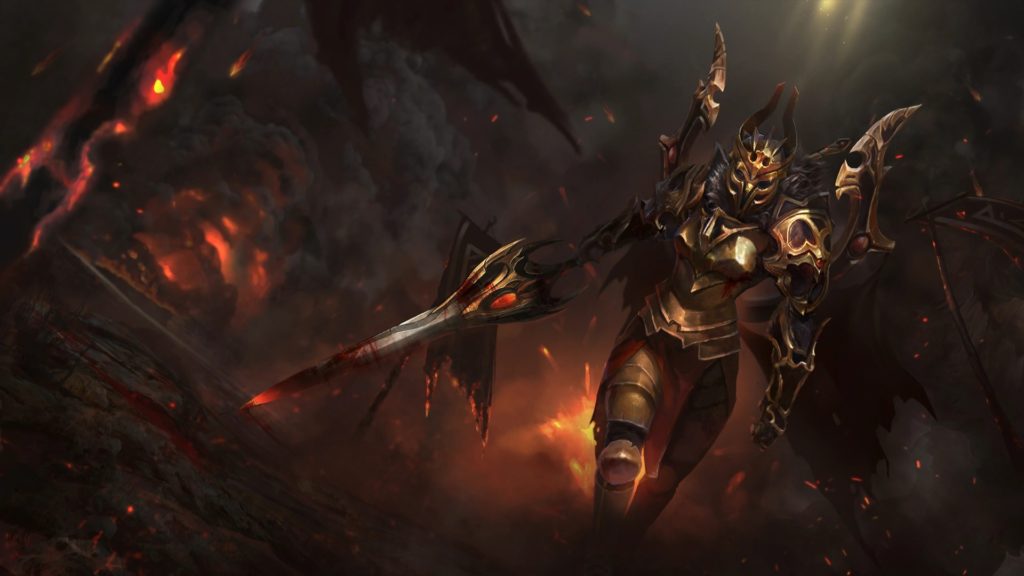
Tresdin’s stock as an off laner seems to be rising, though some teams—OG and PSG.LGD—have experimented with her as a saving hard support.
Some off lane Legions have been going a curious build, rushing Helm of Iron Will to stay permanently in the lane with the item’s five health regen and six armor, then building into Armlet of Mordiggan, which has received several incremental buffs over the past few patches. This allows her to farm and fight adequately, instead of rushing a high-risk Blink Dagger, preventing the drastic fall-off that most Legions tend to go through in the mid-game.
Whether as a support or off laner, Legion’s Shard is one of the best in the game. On top of the strong dispel, Press the Attack provides two seconds of spell immunity, useful for sieging dangerous high grounds, as well as shrugging off annoying spells like Disruptor’s Static Storm and Kinetic Field.
This is not an end-all list of heroes to pick. As mentioned, the flexibility of roles and laning in Dota 2 means that even the most unorthodox picks and strategies can work at times. And with the huge variety of heroes available to play, there’s almost always a way to fit that one hero into your composition.
Читайте также:

